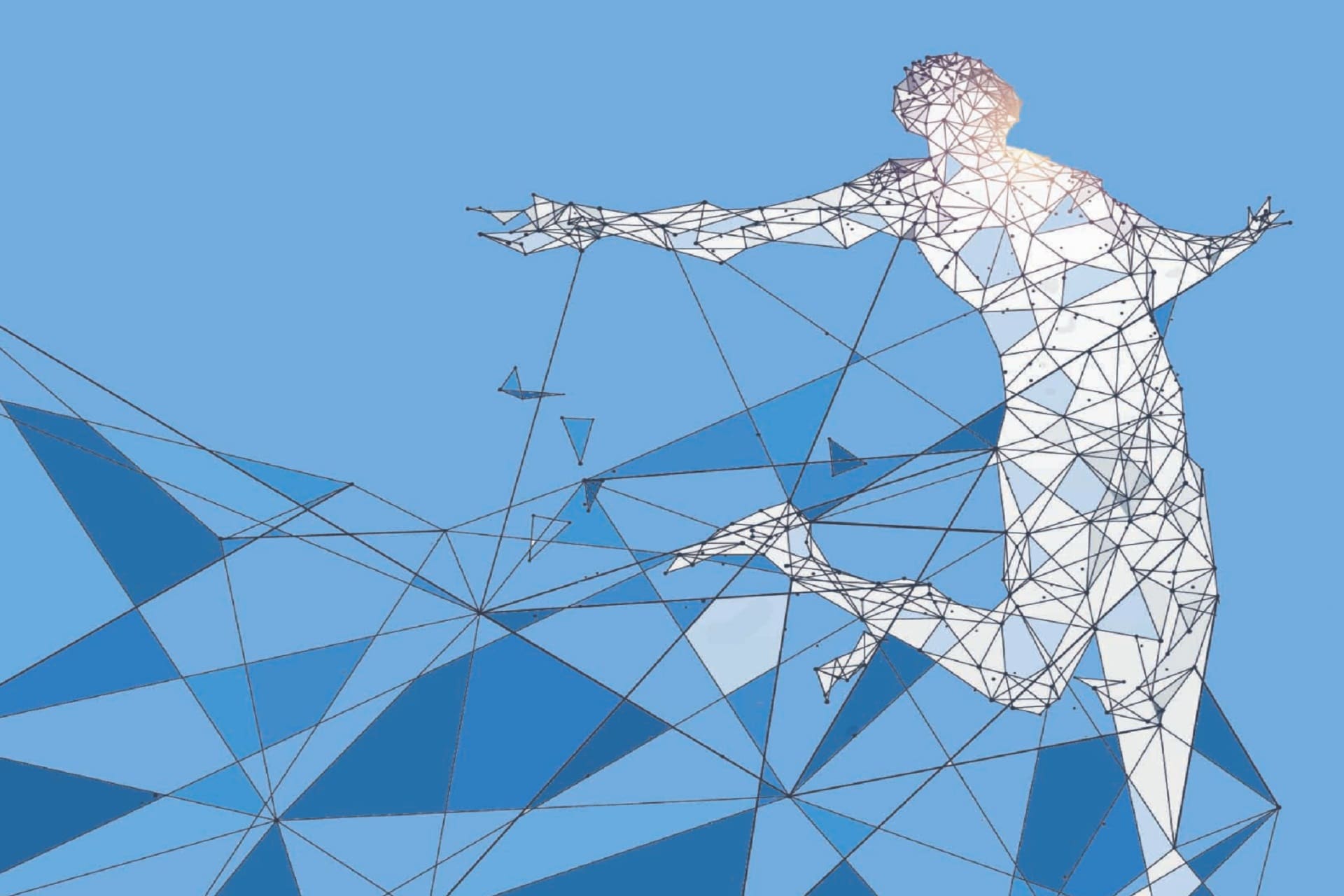Allrounder executive
Wunderwuzzi is the Austrian synonym for jack-of-all-trades. The term describes a person with numerous talents. The same is required of managers. And much more. With regard to the demands placed on managers, “numerous” would have to be replaced by “countless”. Executives must keep day-to-day business under control and at the same time predict the future in terms of sales and earnings figures. They must assert the interests of their shareholders and may not set goals for their agile teams. They are controlled by software & tools that are tantamount to a gag and at the same time are allowed to squeeze the creativity out of their employees in order to survive the innovation competition. And what happens in real life? The number of new leadership training formats is rising by leaps and bounds. Here are some recent examples:
- Living Leadership – attitude creates leadership
- The executive as mediator
- Servant Leadership
- Positive Leadership – Leading by example
- Transformational Leadership – Orientation in Change
- Agile Leadership
- Neuroleadership
- Ambidextrous Leadership
- …
The list can be continued at will. You may think that this diversity is not a bad thing after all. I agree with you. But only as long as we don’t use these different approaches to train people into supposed all-round leaders.
Leadership programs are ineffective moneylenders
As in many areas of our economy, we encounter completely outdated relics when it comes to leadership. In stable times with fewer educational opportunities, trained knowledge was completely sufficient. Today, almost all knowledge is accessible via the Internet. Everyone can acquire it in a short time, if he brings along the diligence and the perseverance. Of course, leadership programs have elements of self-awareness and practical relevance. But what does the whole thing bring for the transfer into one’s own company? Isn’t it rather team building for the training group?
Today, companies are exposed to a much higher dynamic, at least in part. In dealing with it, they need completely different people than before. You probably need exactly those who were rejected by your company in the past like a virus from an intact immune system. These people are highly competent in solving problems in complex environments.
Gerhard Wohland¹ describes it in his book “Denkwerkzeuge für Höchstleister” as follows:
“Capability is the skill of a person to create problem-solving “feelings”. A cyclist does not tip over because his body constantly generates the feelings with which he can “behave correctly”. The mind can observe the behaviour, but cannot understand it. If a suitable talent is available, capability arises through practice. The expert cannot transfer his capability onto another.”
Thus it is clear: These experts – on whom companies will become more and more dependent in the future – cannot be generated by knowledge transfer and thus not by leadership programs. It is much more sensible to develop their way of leadership together with the employees. And with those who are already there and with exactly the talents and qualities they bring with. This leads me to the next thesis:
Stop adapting executives & employees to the company
The development of managers symbolically indicates what prevails as a paradigm in companies. The top management (in the case of stock corporations on behalf of the shareholders) devises an “ideal” model for the company. This model regards managers and employees as vicarious agents. First and foremost, they must function in order to achieve the goals. In this way of thinking it is only logical to equip people with the knowledge that is important for their tasks. The personnel development takes over at this point and finds the suitable offers. The coworkers and high-level personnel train what is necessary.
In an increasingly unpredictable economic environment, this approach makes no sense. The companies designed on the drawing board fit less and less to their markets and customers. In the future, only corporations will be able to afford such a procedure, as they exercise a certain market power due to their size. For everyone else, the smaller the company, the more dangerous it is to stick to this paradigm.
The alternative is called contextual change
As indicated earlier, I believe that the right people are always there. Essentially, it is quite simple if you focus on specific occasions in the respective context:
- Agree on a new model of thinking / human image.
- Derive a new HOW from this (e.g. how do we work together, how do we make decisions, what does our controlling look like …). This HOW must apply to everyone, including management and/or owners.
- The new HOW must necessarily be based on the consistent involvement of the affected employees in the decision-making process.
- Avoid formal hierarchies completely or at least as far as possible.
- Take an existing problem and change it into a new WHAT with the new HOW.
- Accompany these processes with reflection and a corresponding role (e.g. transformation catalyst).
With this simple and effective approach you will develop exactly the organization that suits you, your employees and your customers. You save yourself the classic change and leadership programs. Instead, you reap effectiveness in business management and an adaptable company.
Substantial change cannot be delegated
Do you really believe that appearing at a press conference in jeans and the associated announcement that you want to turn the company into a swarm organisation is enough to initiate a cultural change? You probably know which German car brand I am talking about.
After that, everyday life in the boardroom will once again follow. Purchasing is given the task of sourcing “agility”. Said, done. 6 months later, the company provided all available agile coaches in Germany with contracts. Managers and employees learn technocratically the application of agile methods. Agile leadership is introduced, nobody knows what is behind it. Consultants break their heads as to how they can use the latest manipulation practices to sell their advantage to employees in the whole affair. Those who ask about the effectiveness are locked up in the cellar and found to be uncool as a naysayer. At the beginning, the employees play along enthusiastically, as it is a welcome change in the dull everyday life of the company. After some time they will notice that not much has changed at the top of the company, apart from the clothing style. A rogue who assumes that employees are stupid enough to continue undergoing strenuous change despite different signals from the Board of Management.
An exaggerated picture that probably comes closer to reality than I would like to imagine. For me, this story symbolizes a major misunderstanding on the part of the management in this country. They all believe that this approach is sufficient to counter the digital age. Don’t take any risks. Above all, don’t put your own skin on the line. I do not believe in that. I would like to express it in the words of my colleague Gebhard Borck, as he recently put it in an interview:
“The new finding is that the transformation hardly knocks gently at the doors of management offices – it literally smashes them in.”
Anyone who ignores this knocking at the corner office may soon be a thing of the past.
Bottom line
Training managers in new leadership approaches is like learning how to retrieve dogs. It will not make our business location more viable. Many small and medium-sized companies are already pretending that there are other ways. They do not rely on individual all-rounders, on jack-of-all-trades or Wunderwuzzis. They rely on existing employees and improve cooperation. Consistently, continuously and together. This helps everyone, the employees AND the managers.
Such developments – at least according to my observations – are usually based on one of the following triggers:
- Companies are in existential crises and “continuing as before” does not work.
- Owner-managed companies or farsighted managers take care of their successors.
- The owner has experienced a personally formative event.
- A new company is about to be founded.
I would be pleased if more and more entrepreneurs approach the change proactively and not delegate it to their managers. Stop adapting your managers and employees to the company and start giving people the opportunity to shape their work and thus the company itself. This is where true change begins.
Notes:
[1] Find information about Gerhard Wohland at https://dynamikrobust.com/
Joan Hinterauer has published more posts in the t2informatik Blog:

Joan Hinterauer
Joan Hinterauer loves to break new ground and dive deep into the unknown surroundings. After 15 years of typical working life and up the career ladder to managing director, he knows the laws of the business world. For 3 years he has been breathing air into New Work as an absolute career changer in order to make it available to his customers as concentrated experience knowledge. As a transformation catalyst, he accompanies decision-makers in the development of a sustainable attitude for the digital age in the context of the perspective journey for medium-sized businesses. In addition, he advises companies with innovative thinking tools on the way to self-controlling network organisation and the sensible use of agile concepts and methods. In a wide variety of collaborations, he is a role model for the network idea and knows the challenges like the back of his hand. Joan Hinterauer is always available for extraordinary actions and likes to refute statements as to why something should not be possible.


